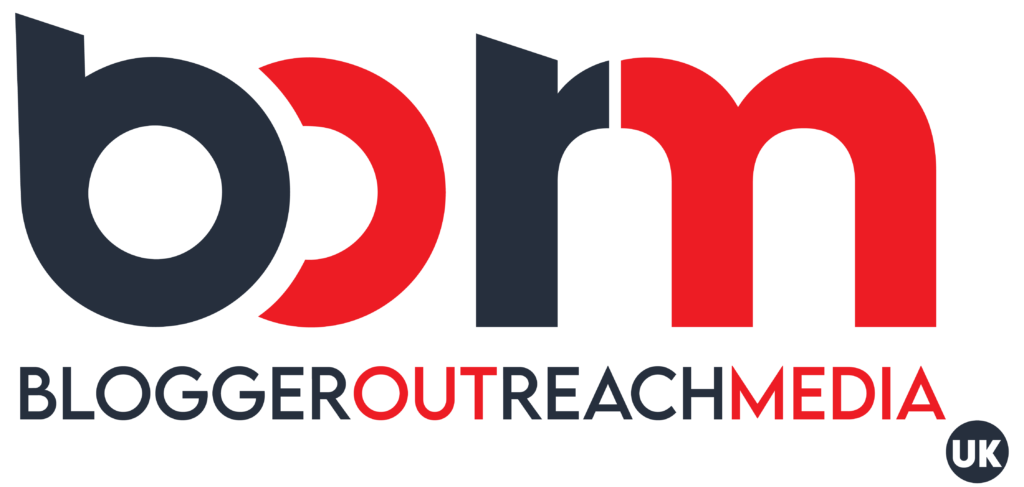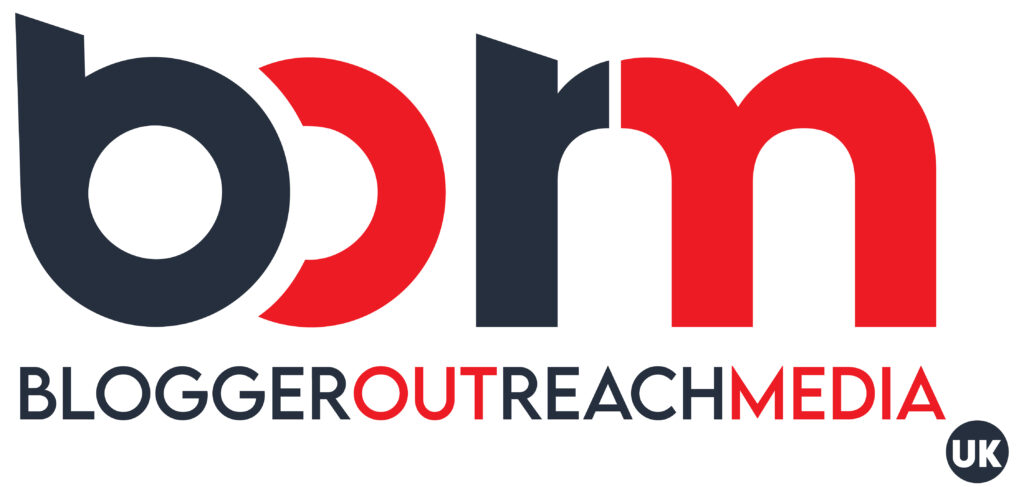Question: which of the following goals can you achieve for your marketing campaign by using automated bidding?
- Control the cost of each click.
- Choose what time of day your ads will appear.
- Target specific devices exclusively.
- Reach the right user with the right message at the right
Answer: Target specific devices exclusively and Reach the right user with the right message at the right these two are the correct options of which of the following goals can you achieve for your marketing campaign by using automated bidding?
What Is Automatic Bidding?
Automated bidding uses machine learning algorithms to analyze vast amounts of data, including user behavior, demographics, and past campaign performance. Based on this data, the system automatically sets bids for each ad auction in real-time.
This allows for:
- Efficiency: Automated bidding saves time by eliminating the need to manually adjust bids for every keyword or auction.
- Optimization: The system can react to changes in user behavior and market conditions much faster than humans, leading to more targeted bids and potentially better results.
- Focus on goals: By choosing an automated bidding strategy aligned with your campaign goals (clicks, conversions, or ROAS), you can ensure the system is optimizing for what matters most to you.
However, it’s important to remember that automated bidding is a tool, not a magic solution. For broader goals like brand awareness and perception, a comprehensive marketing strategy is still necessary.
What Are The Advantages of Automated Bidding in Online Advertising?
In the fast-paced world of online advertising, efficiency and precision are paramount. Manual bid management, while offering granular control, can be time-consuming, and struggle to keep pace with the ever-changing dynamics of the digital landscape. This is where automated bidding steps in, offering a compelling set of advantages to elevate your advertising game.
Let’s delve into the key benefits of using automated bidding and how it can empower your marketing efforts, these advantages will give you a more detailed answer of which of the following goals can you achieve for your marketing campaign by using automated bidding.
- Goodbye Manual Management:
Say goodbye to the tedious task of constantly monitoring and adjusting bids for every keyword or auction. Automated bidding takes the reins, freeing up your valuable time to focus on strategic aspects like campaign development, creative optimization, and audience targeting. This allows you to invest your energy in areas where human expertise truly shines.
- Real-Time Optimization:
Unlike manual adjustments, which can be reactive and time-consuming, automated bidding thrives on real-time data analysis. The system can analyze vast amounts of user behavior data in real-time, allowing for much faster and more responsive bid adjustments. This ensures your bids are constantly competitive and reflect the ever-changing market conditions.
- The Power of Data:
Automated bidding leverages the power of machine learning to analyze massive datasets. This includes user behavior, demographics, past campaign performance, and even competitor data. By crunching these numbers, the system makes data-driven decisions about bid adjustments, leading to a more targeted and effective approach. This is a significant advantage over manual bidding, which often relies on intuition or limited data points.
- Goal-Oriented Optimization:
When choosing an automated bidding strategy, you define your specific campaign goal, whether it’s maximizing clicks to drive traffic, boosting conversions to generate leads, or optimizing return on ad spend (ROAS) for maximum revenue. The system then optimizes bids specifically for that goal. This targeted approach ensures your budget is allocated efficiently and delivers the most value for your investment.
- Enhanced Accuracy and Control:
Traditional manual bidding often focuses solely on keywords. However, automated bidding takes a more holistic approach, considering numerous factors beyond just keywords This can include user location, device type, time of day, past search history, and even weather conditions (if relevant). By considering these additional factors, the system can make more accurate bid adjustments for each individual auction, ensuring you’re not overpaying for irrelevant clicks.
- Budget Management with Flexibility:
While automated bidding manages bids, you still maintain control over your overall budget. Set realistic budgets based on your marketing goals and the value you assign to conversions. The system then works within those parameters, optimizing bids to achieve the best possible results for your allocated budget.
- Scalability for Large Campaigns:
Managing large campaigns with extensive keyword lists can be a daunting task with manual bidding. Automated bidding shines in this scenario, efficiently handling the complexities of scaling your campaigns without sacrificing performance. It can analyze vast amounts of data and optimize bids for numerous keywords simultaneously, ensuring you reach your target audience effectively.
- A/B Testing Capabilities:
Some automated bidding strategies allow for A/B testing different bid adjustments. This allows you to compare the effectiveness of various strategies and identify the most successful approach for your specific campaigns. This experimentation can lead to continuous improvement and ensure you’re getting the most out of your advertising dollars.
How To Achieve Marketing Campaign Goal By Using Automated Bidding?
In today’s fast-paced digital advertising landscape, efficiency, and optimization are crucial for success. Automated bidding, a powerful tool offered by platforms like Google Ads, can be a game-changer for businesses aiming to achieve their marketing campaign goals. Here’s a breakdown of how to leverage this technology to reach your objectives and which of the following goals can you achieve for your marketing campaign by using automated bidding.
Choosing the Right Bidding Strategy:
The first step is selecting the automated bidding strategy that aligns with your specific marketing campaign goal.
Here are some popular options and how they can help:
Increase Clicks: For campaigns focused on driving traffic to your website or generating brand awareness, consider “Maximize Clicks.” This strategy prioritizes getting you the most clicks possible within your budget.
Boost Conversions: If your campaign aims to generate leads or sales, strategies like “Target CPA” (cost-per-acquisition) or “Maximize Conversions” are ideal. They optimize bids to get you the most conversions for your set budget, ensuring you reach qualified leads more efficiently.
Maximize Return on Ad Spend (ROAS): For campaigns where maximizing revenue from your ad spend is critical, “Target ROAS” is the way to go. You set a desired return on ad spend, and the system automatically adjusts bids to achieve that target. This ensures you’re not just getting conversions, but profitable ones.
Setting Up for Success:
Once you’ve chosen your bidding strategy, here are some crucial steps to maximize its effectiveness:
Conversion Tracking: Automated bidding relies on conversion data to optimize bids. Ensure you have proper conversion tracking set up to measure actions like website purchases, lead form submissions, or phone calls.
Historical Data: For the system to learn and optimize effectively, it needs a base of historical data. This is especially important when using conversion-focused strategies like “Target CPA” or “Maximize Conversions.” Aim for at least a month of historical data before implementing these strategies.
Campaign Structure: For optimal performance, organize your campaigns and ad groups logically, with relevant keywords grouped together. This allows the automated bidding system to make more informed decisions about bid adjustments.
Budget Management: While automated bidding manages bids, setting a realistic budget is still essential. Consider your overall marketing budget and the value you assign to conversions when setting campaign budgets.
Monitoring and Optimization:
Automated bidding is a continuous process. Monitoring and optimization are also included in the which of the following goals can you achieve for your marketing campaign by using automated bidding? Here’s how to ensure it’s working effectively for your campaigns:
Performance Tracking: Regularly monitor key metrics like clicks, conversions, cost-per-acquisition (CPA), and return on ad spend (ROAS) to see how your campaigns are performing.
Bid Adjustments: If you notice significant deviations from your goals or budget targets, you may need to make manual adjustments to bids. However, with a well-structured campaign and historical data, the need for manual intervention should be minimal.
Strategy Refinement: As your campaigns evolve and market conditions change, you might need to refine your bidding strategy. For example, if a campaign initially focused on brand awareness transitions to lead generation, switching from “Maximize Clicks” to “Maximize Conversions” might be necessary.
Beyond the Algorithm: The Human Touch
While automated bidding offers significant benefits, it’s important to remember it’s a tool, not a silver bullet. Here’s where human expertise comes in:
Campaign Goals and Strategy: Setting clear campaign goals and choosing the right bidding strategy based on those goals is a crucial first step that requires human input.
Creative Development: Compelling ad copy, visuals, and landing pages are essential for attracting clicks and conversions. Human creativity plays a vital role in developing these elements.
Audience Targeting: Defining your target audience accurately is crucial for reaching the right people. Demographic, interest, and behavioral targeting strategies require careful planning and human expertise.
Conclusion:
By understanding different automated bidding strategies, setting up your campaigns for success, and maintaining ongoing monitoring and optimization, you can leverage automated bidding to achieve your marketing campaign goals. Remember, this technology works best when combined with human expertise in campaign strategy, creative development, and audience targeting. By leveraging both automation and human ingenuity, you can unlock the full potential of your online advertising efforts. Guess you get the ideas of which of the following goals can you achieve for your marketing campaign by using automated bidding.
Read More:
- Auction Time Advantage: The Core Benefit of Google Ads Automated Bidding
- When Linking A Google Ads Account To Google Analytics, What Is Not Possible?
- Which Three Campaign Parameters Are Recommended To Manually Track Campaigns
~Feature Image Source: https://tinyurl.com/jpeva7k8


